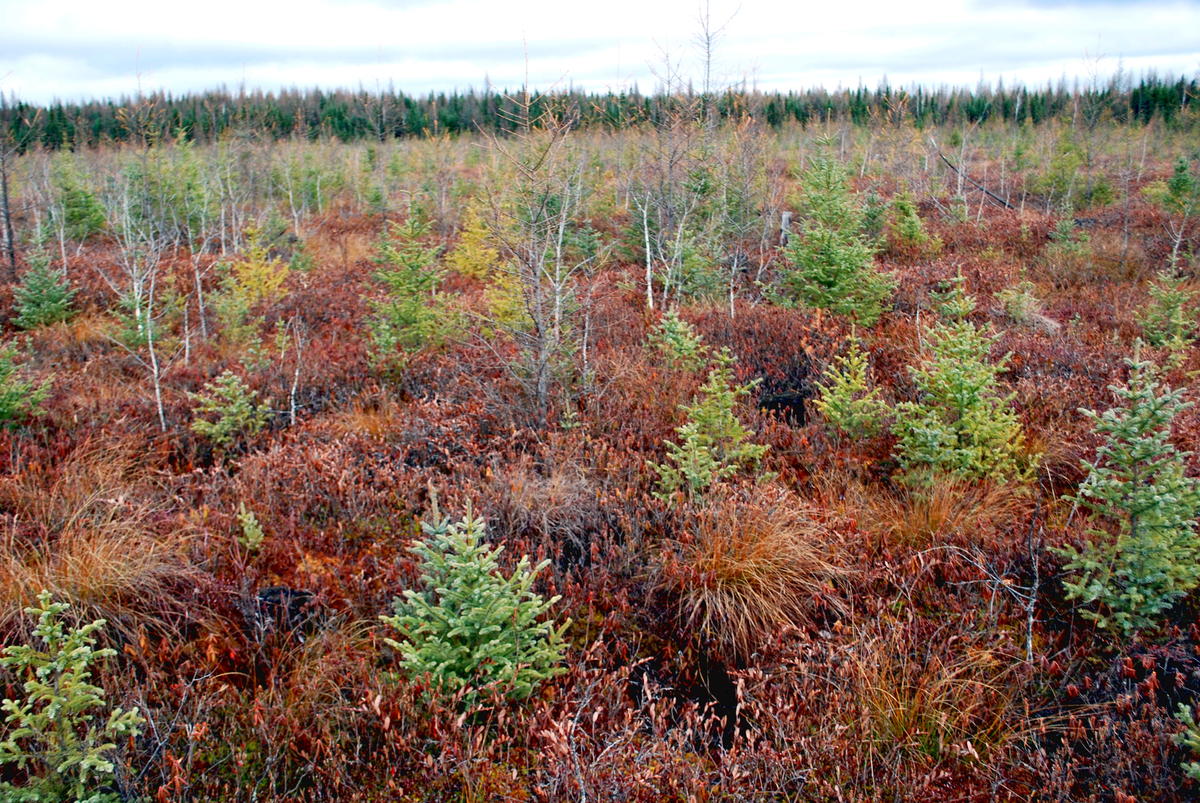Overview
This stand represents a typical lowland harvest of spruce in the Littlefork DNR Forestry Area.
Silviculture Objective(s)
Regeneration is considered a success in the lowland black spruce sites on State DNR forestry lands when 95% of a stand is stocked with desirable crop species 5 years after harvest with an acceptable number of trees per acre (1500 for black spruce). In black spruce, an additional concern is spread of dwarf mistletoe, which is evaluated at the stand level and may include additional treatment.
Pre-treatment stand description and condition
Stand establishment and management history:
Stand was natural in origin and had unknown management history.
Pre-treatment species composition:
Stand was approximately 142 years old with 25 cords per acre black spruce at the time of clearcutting. Spruce averaged 4 sticks and 6 inch diameter. Scattered tamarack were present and averaged 0.3 cords/acre.
Pre-treatment forest health issues:
Dwarf mistletoe was present in stand and surrounding stands.
Silviculture Prescription
Stand was harvested with conventional equipment in winter 2005-2006.
Harvest restrictions included:
- winter access only on frozen ground
- harvest operations will be halted if rutting occurs
- pile any slash or tops on landing
- fell all live black spruce 5 feet and taller for mistletoe control
Site was aerial seeded using a helicopter in Spring 2006 with 1 oz/acre of black spruce seed. Seed was supplied by the Badoura State Nursery.
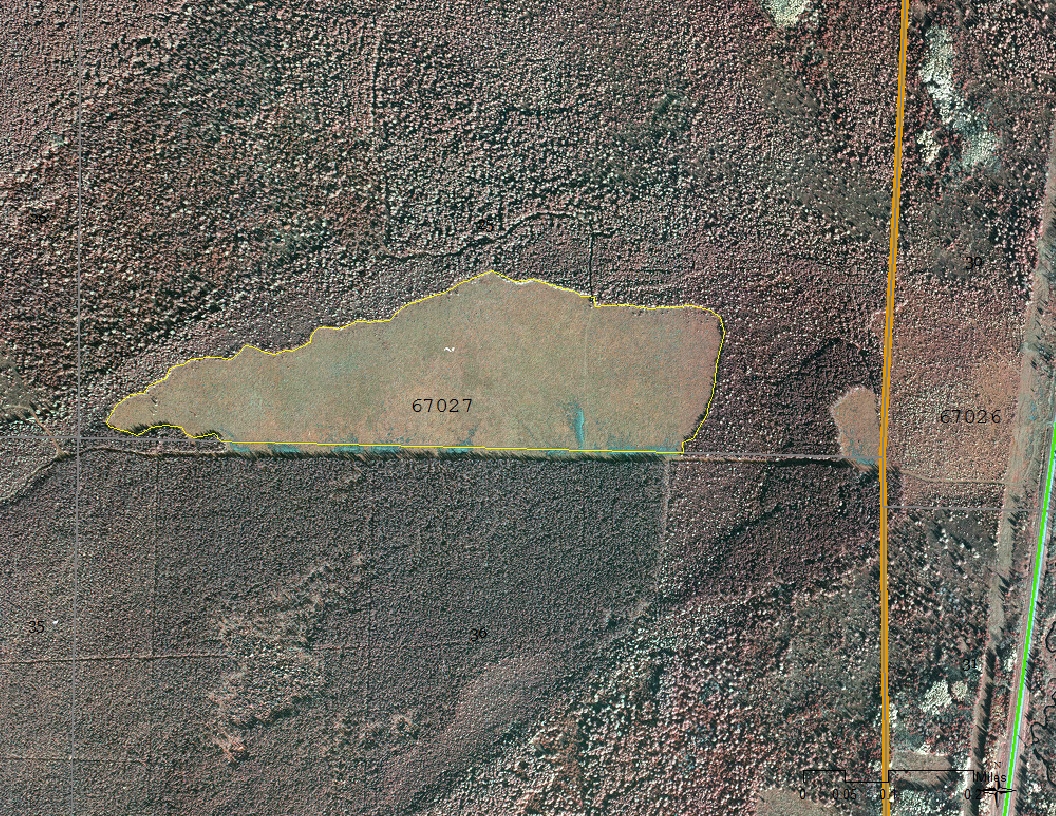
Figure 1: 2010 Infrared Aerial Photo of 65 Acre Reforested Lowland Black Spruce that was Aerial Seeded
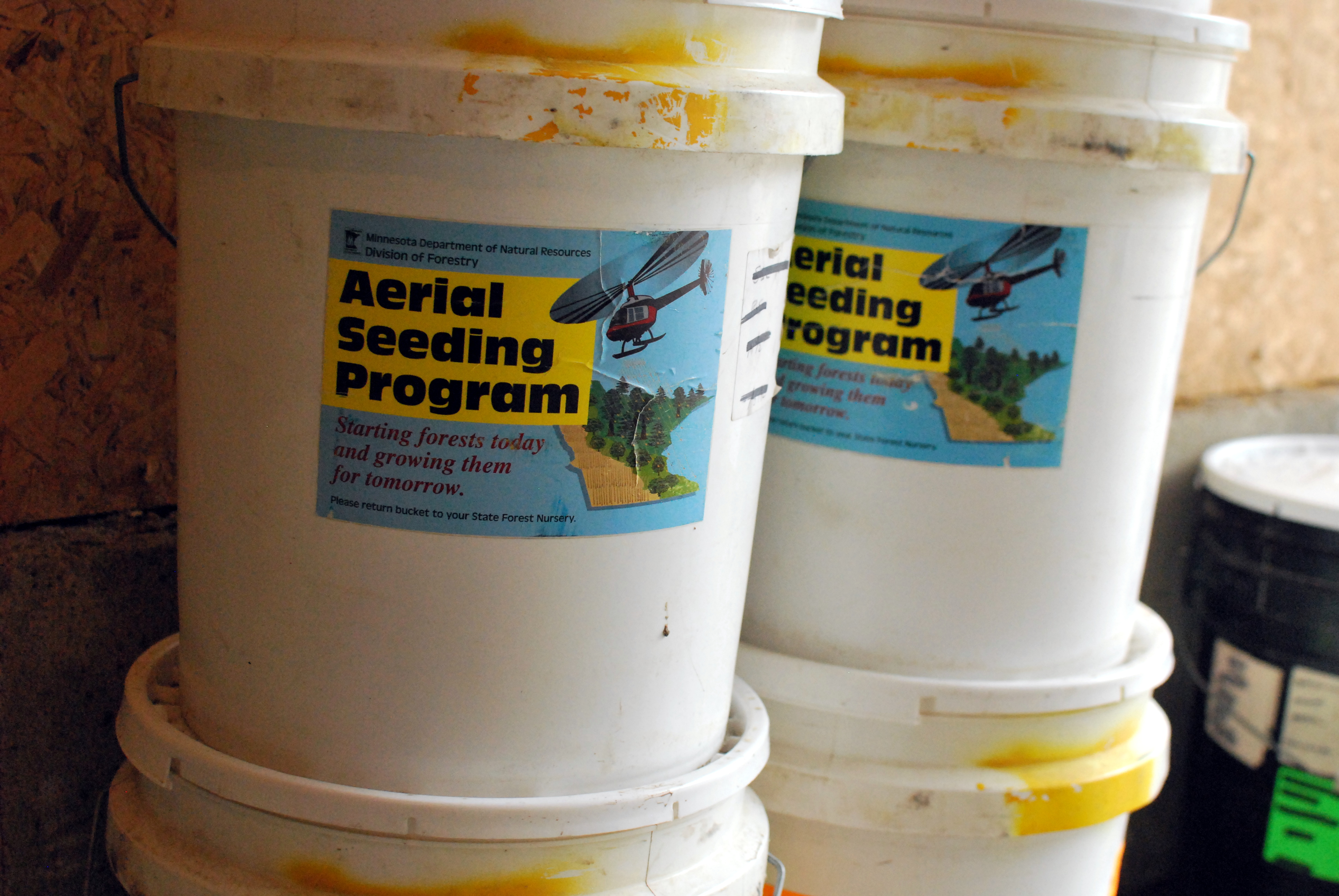
Figure 2: Buckets of seed supplied for aerial seeding by Badoura State Forest Nursery.
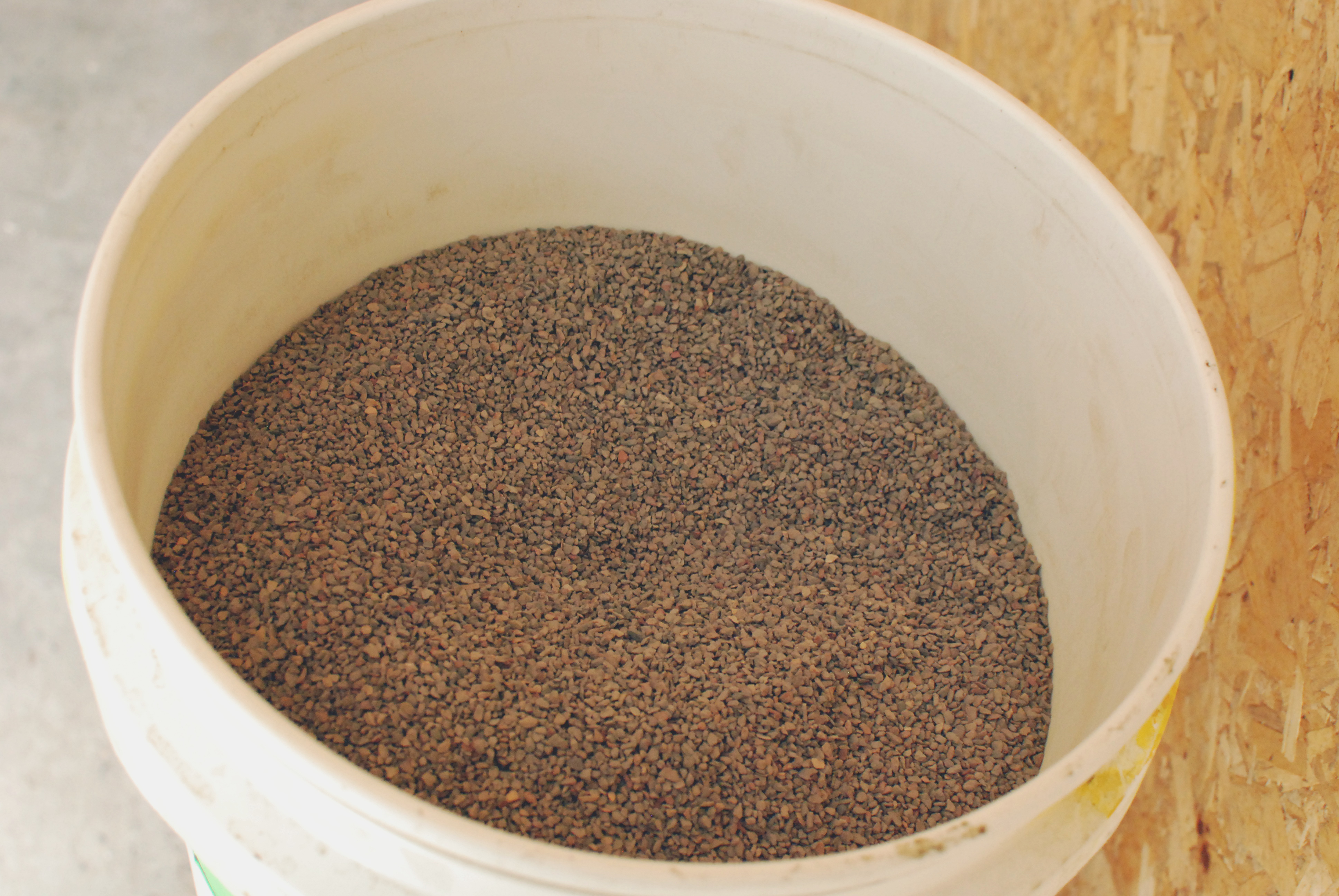
Figure 3: The contents of the buckets used for aerial seeding that includes seed and carrier.
Post-treatment assessment
Regeneration check was completed in May 2013 with 1/500 acre plots.
- Black spruce, 95% stocking, 3250/acre
- Tamarack 37% stocking, 237/acre
- Aspen 69% stocking, 2070/acre
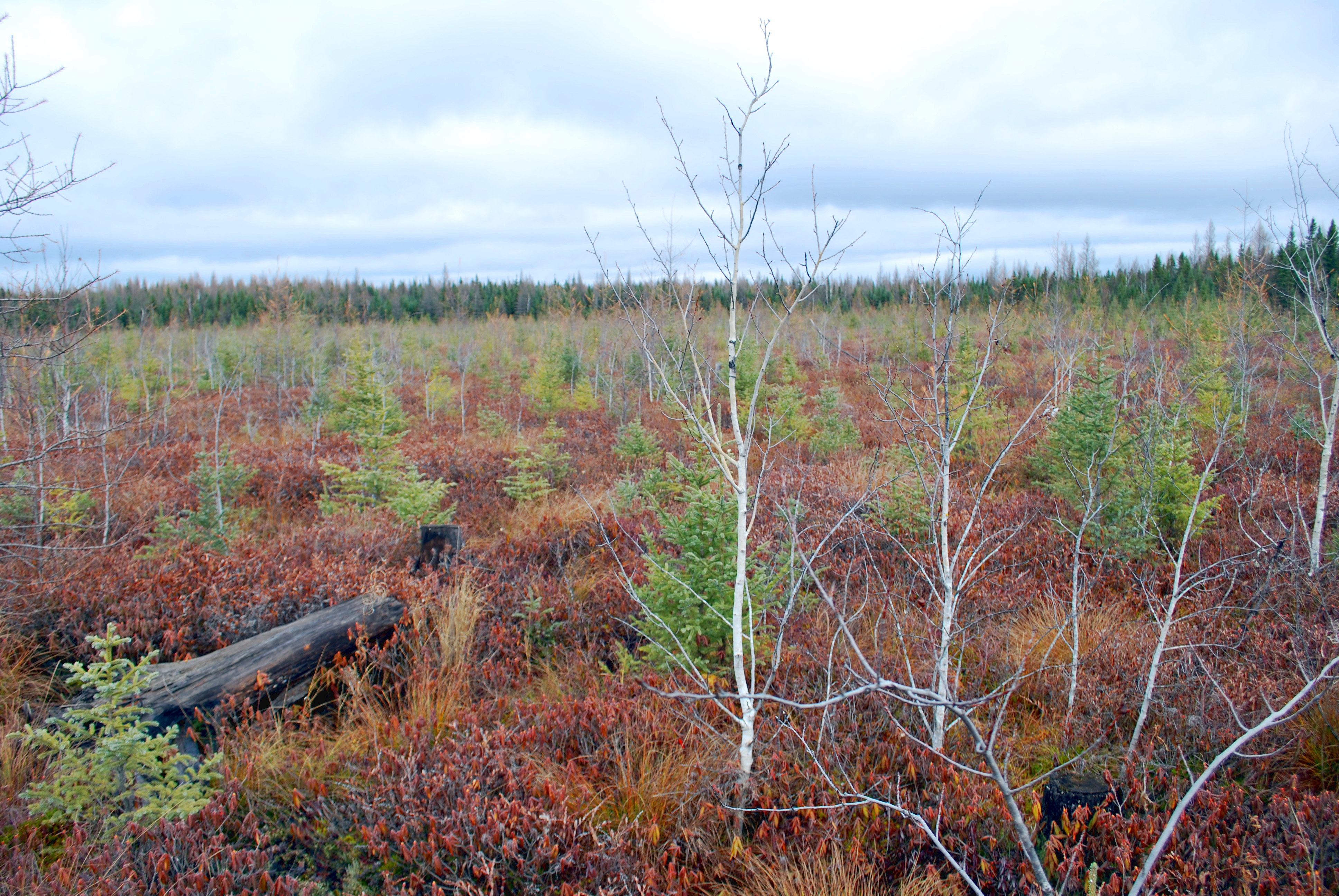
Figure 4: Black spruce, tamarack, and aspen regeneration of lowland black spruce stand, 9 years after harvest and aerial seeding (photo taken November 6, 2015).
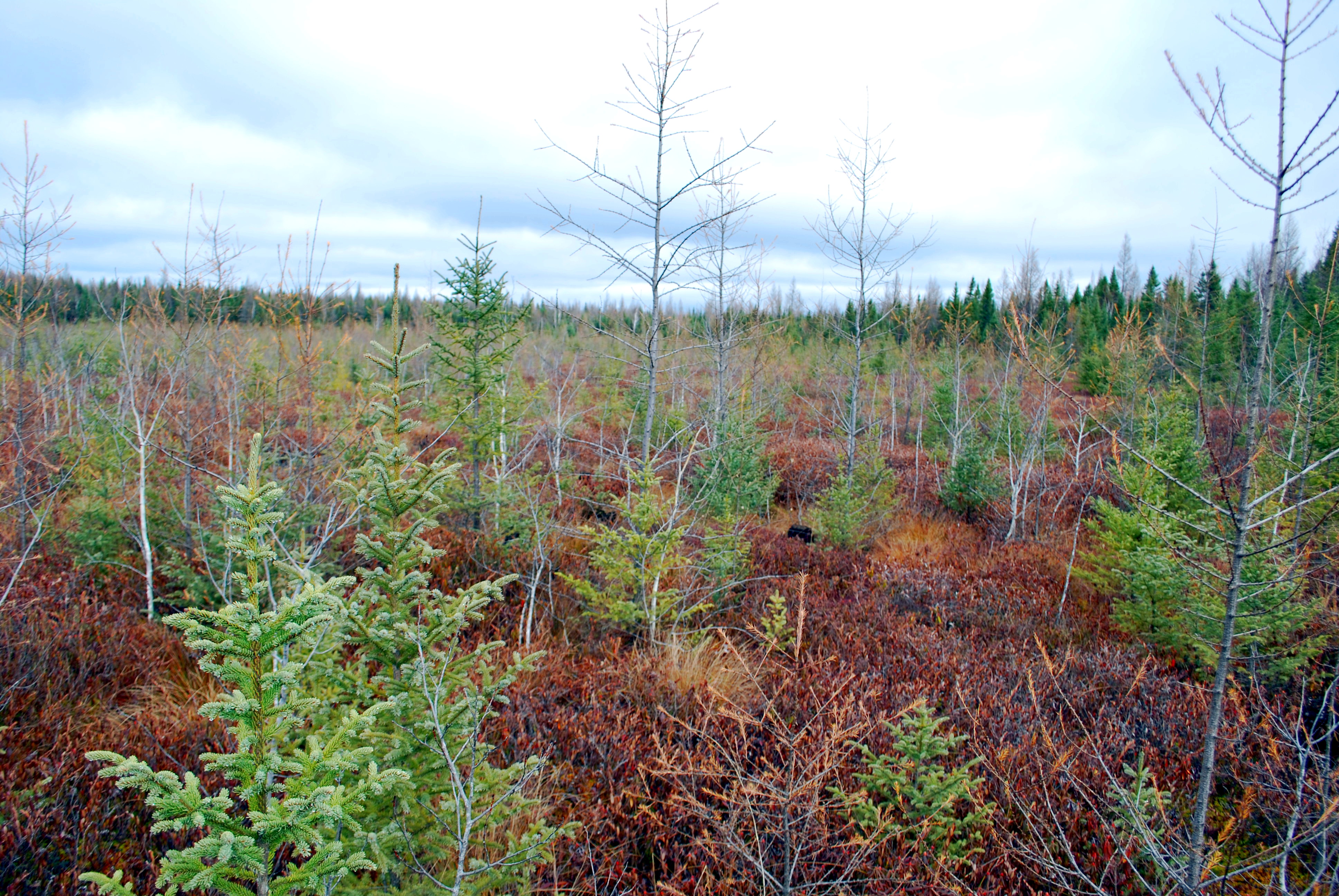
Figure 5: Another view of aerial seeded black spruce regeneration 9 years post-treatment (photo taken Nov. 6, 2015).
Plans for future treatments
Potential site for Christmas tree harvesting due to high spruce stocking and proximity to road.
Costs and economic considerations
Cost of contract helicopter to perform aerial seeding equaled $547.30.
Cost of seed supplied by state forest nursery equaled $609.38.
Total cost to reforest 65 acre lowland stand with 1 oz/acre black spruce seed in 2006 by aerial seeding equaled $1,156.68.
